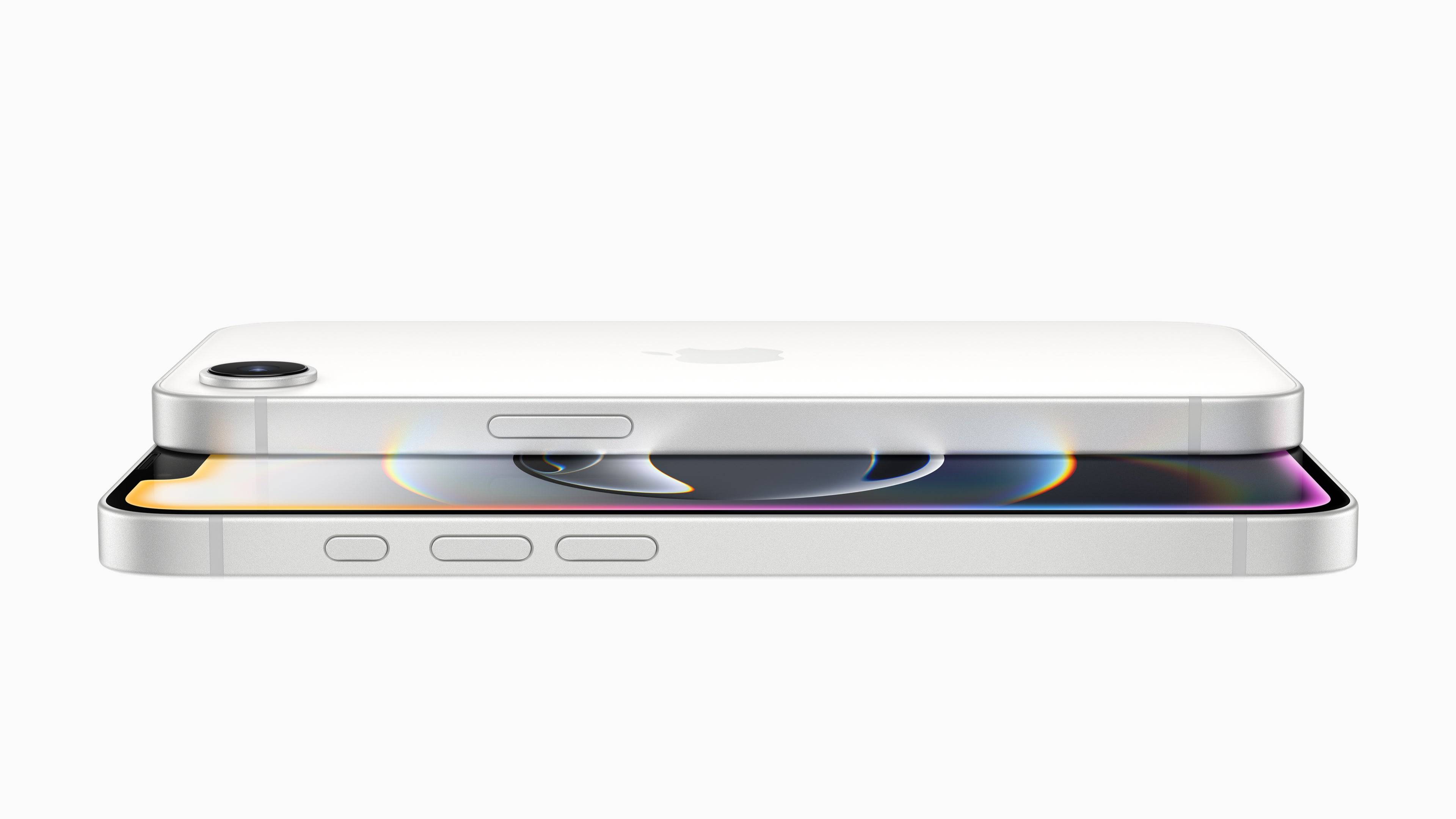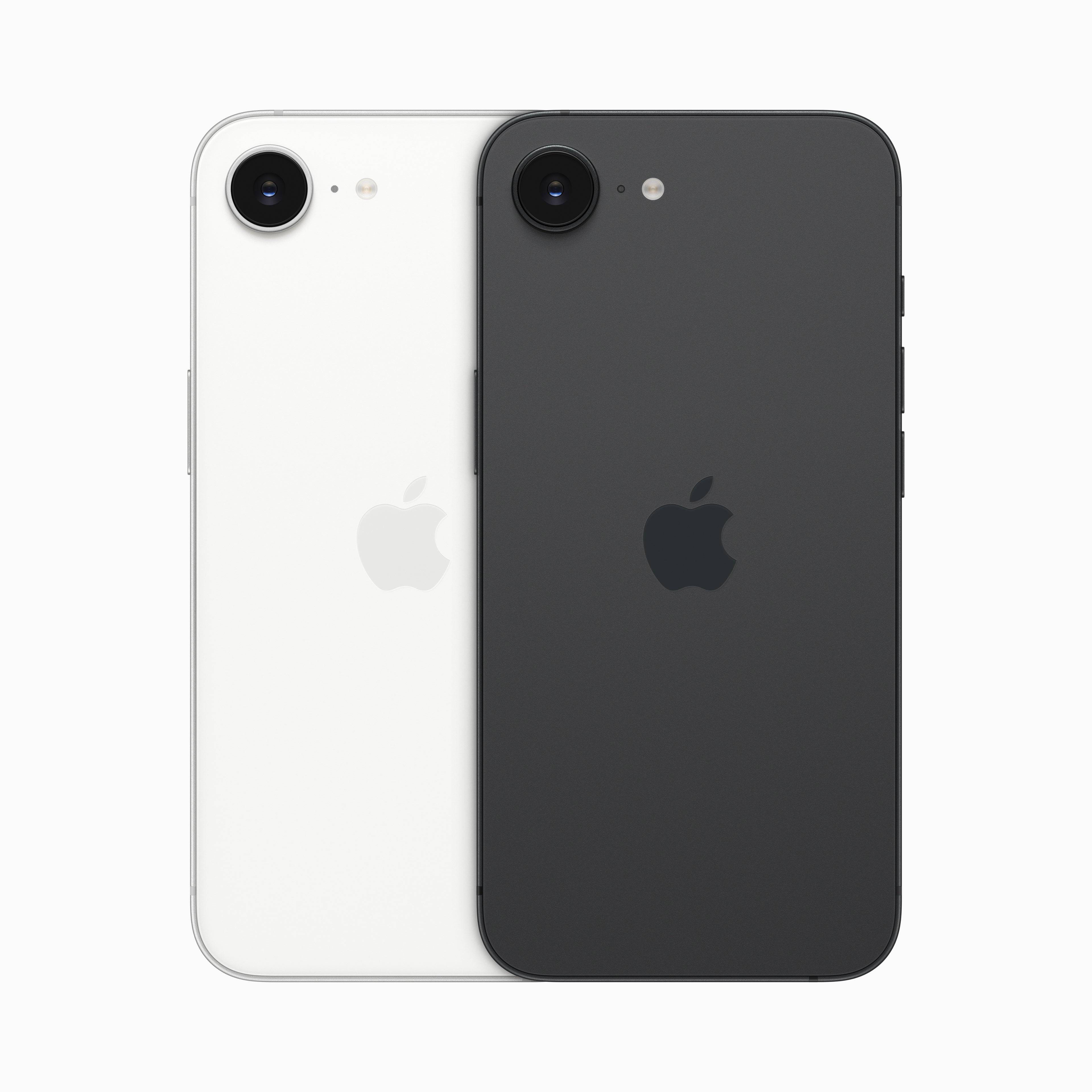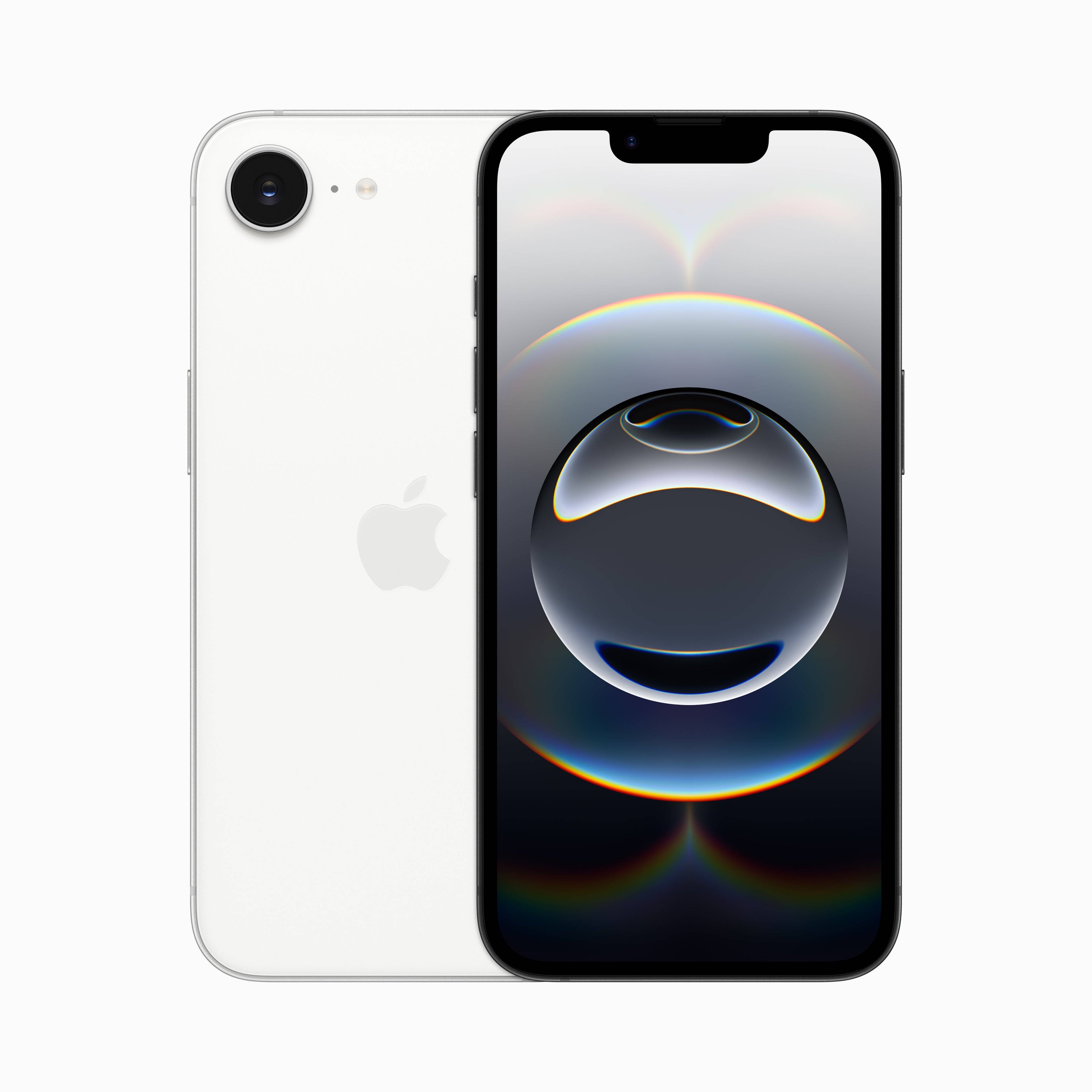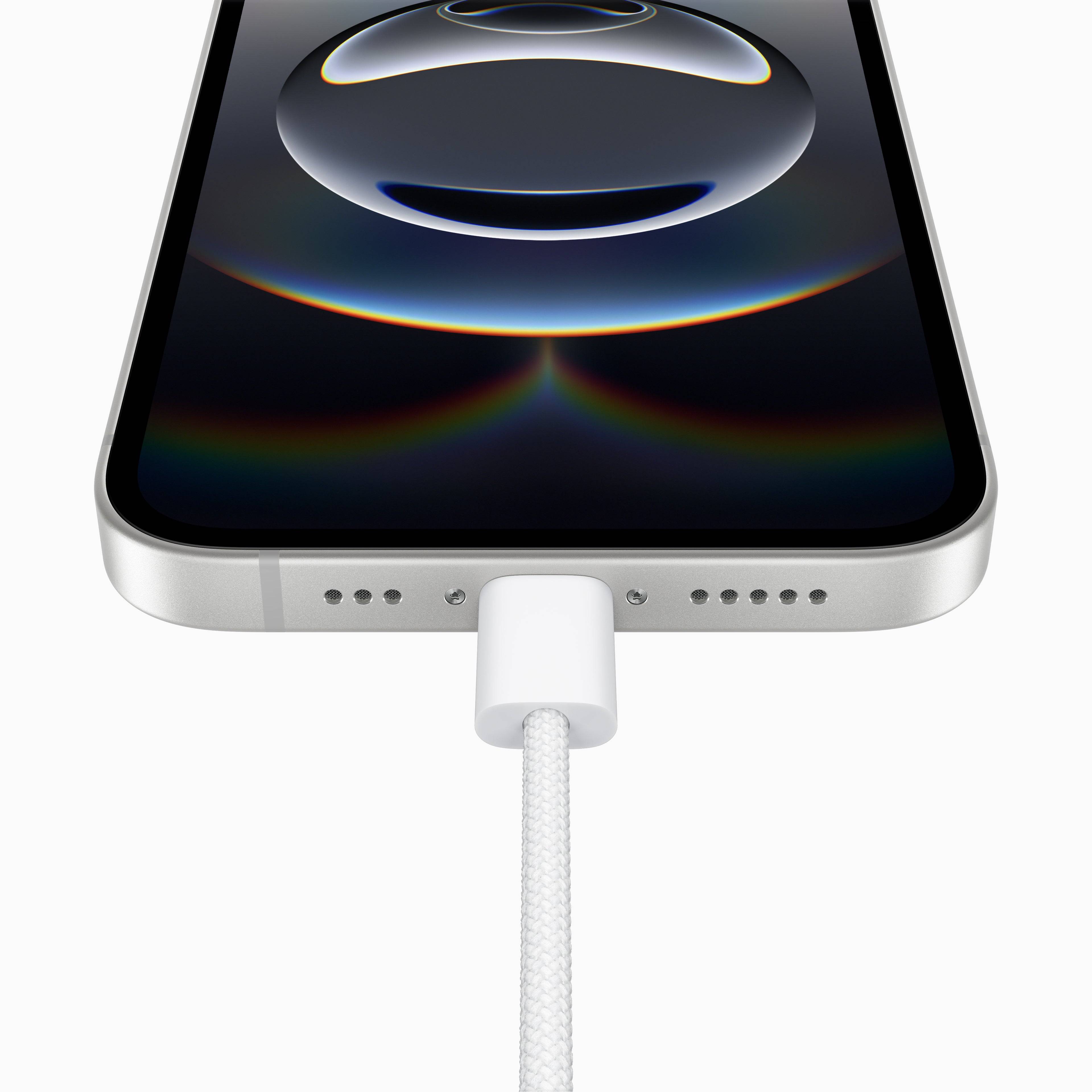On Wednesday, Apple unveiled the iPhone 16e, its newest budget-friendly model. Replacing the 2022 iPhone SE, the iPhone 16e marks a shift from the significantly lower price point of its predecessor. Priced at $599, it sits closer to the $799 iPhone 16, released last fall. Pre-orders begin Friday, February 21st, with availability starting February 28th.
The iPhone 16e is the first phone to utilize Apple's C1 cellular modem. While Apple has a strong track record with its in-house chips (M-series and A-series), the C1's performance is crucial. Apple will hope to avoid past connectivity issues, learning from the iPhone 4's "Antennagate" incident.
iPhone 16e

 4 Images
4 Images

From the front, the iPhone 16e closely resembles the iPhone 14, boasting an identical 6.1-inch OLED display with a 2532x1170 resolution and 1200-nit peak brightness. However, this falls short of the iPhone 16's sharper, brighter display. It does include the Action button and a USB-C port, but lacks Camera Control.
The rear design is more distinctive, featuring a single 48MP camera, similar to the iPhone SE. While sharing similarities with the iPhone 16's main camera, it lacks sensor-shift stabilization, the latest Photographic Styles, and adjustable portrait mode focus. The selfie camera, however, appears identical, retaining Face ID functionality.
The phone's construction uses aluminum, a glass back, and Apple's Ceramic Shield on the front. While Apple continues to promote its "tougher than any smartphone glass" claim, it's worth noting the existence of a newer, supposedly "two times tougher" Ceramic Shield, raising questions about the iPhone 16e's durability.
Internally, the iPhone 16e showcases product stratification. While using an "A18" chip like the iPhone 16, it features a 4-core GPU compared to the iPhone 16's 5-core GPU, suggesting reduced performance. Despite this, the Neural Engine remains, enabling Apple Intelligence features.
The iPhone 16e's lower price point necessitates compromises. While not overly compromised, the discount is less substantial than previous iPhone SE models. At $599, it's Apple's cheapest offering, but the 2022 iPhone SE launched at $429 with the same chip as the $799 iPhone 13, offering a nearly 50% discount. The iPhone 16e, however, uses a more current design, albeit with minor annual tweaks since 2018.
The iPhone 16e's performance remains to be seen. With competitive Android alternatives around $600, such as the OnePlus 13R, Apple faces a challenge in attracting buyers outside its existing ecosystem.
















